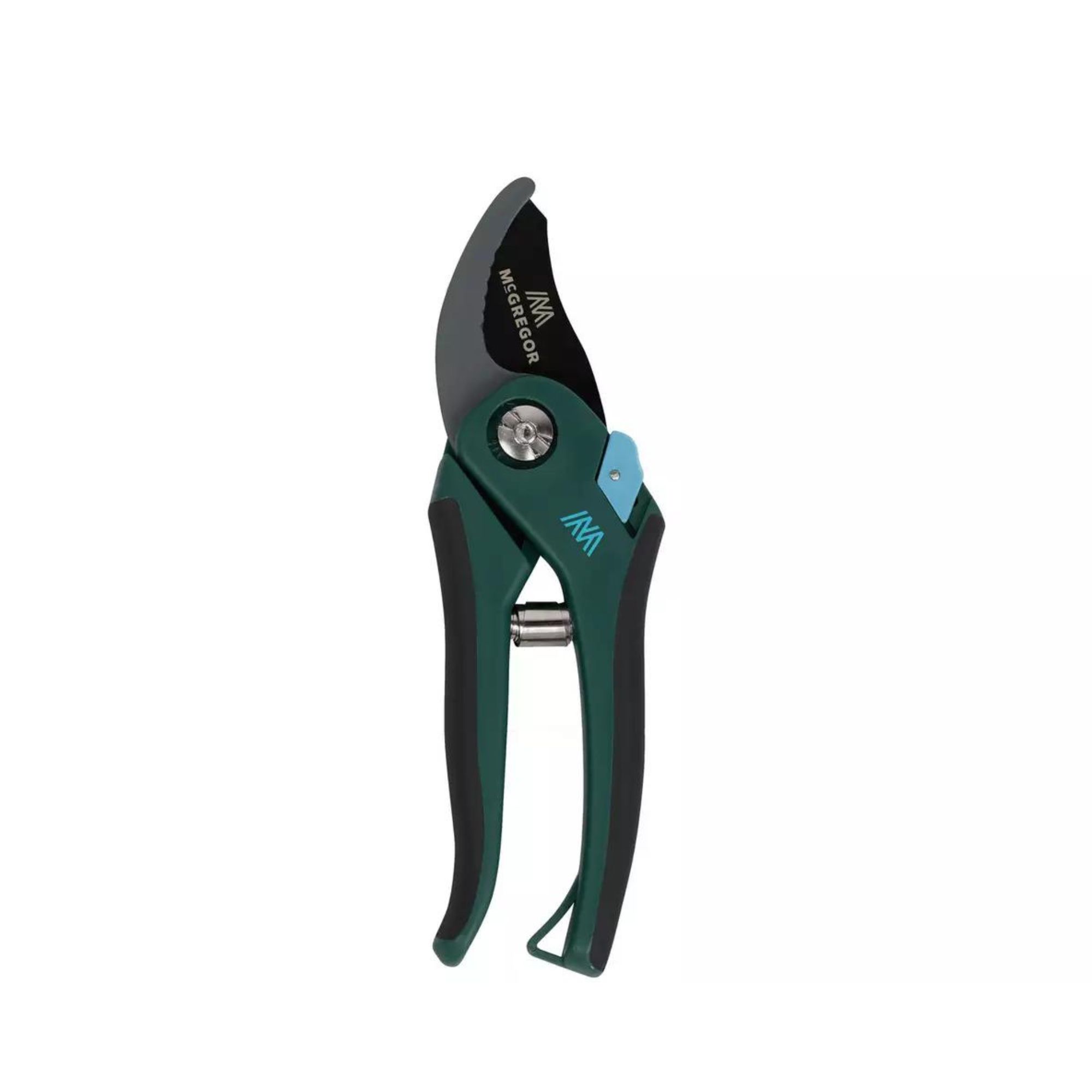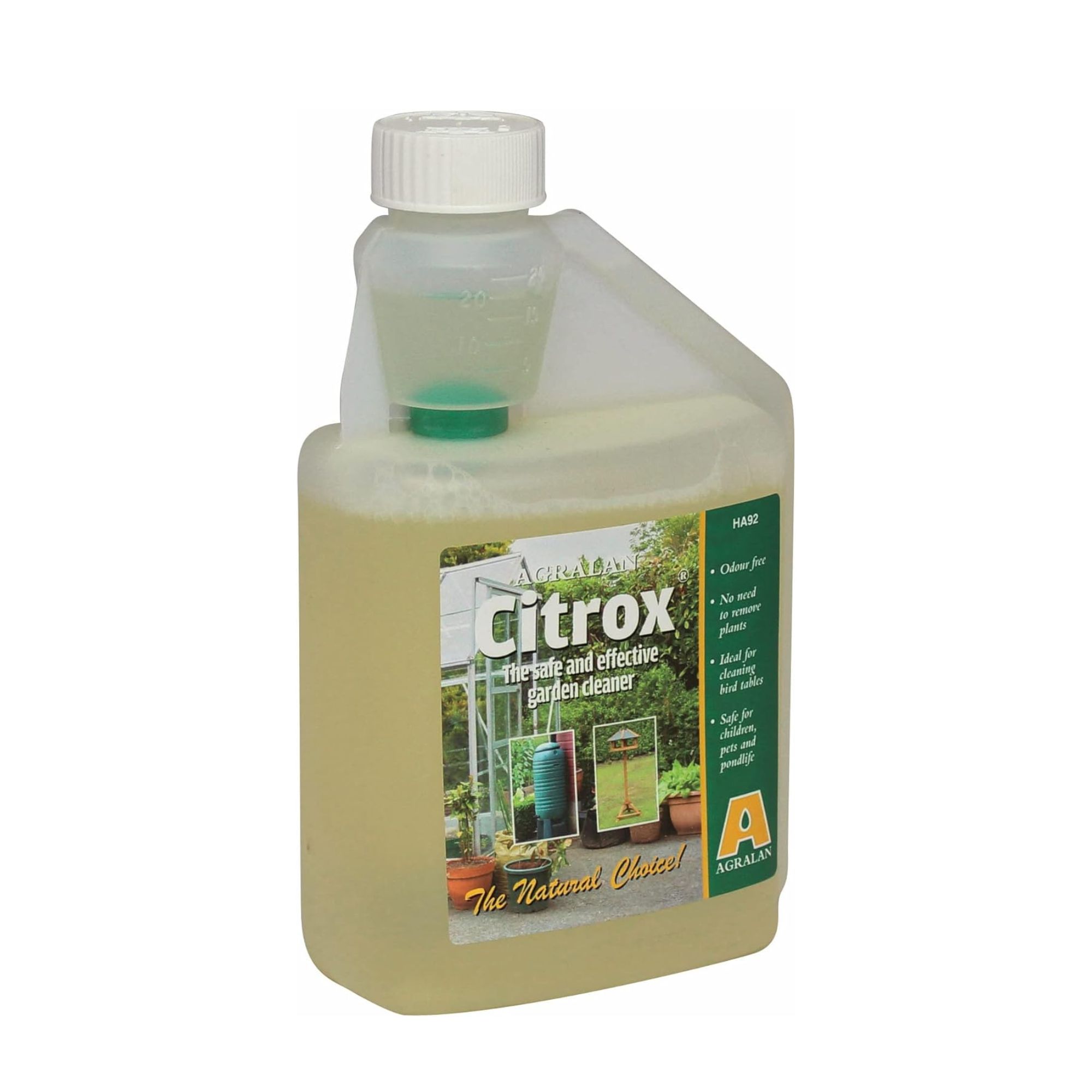Should you deadhead buddleja? Experts warn that missing this vital step could spell disaster for your garden (and your neighbour’s)
We love buddleja as much as the next guy, but it comes with its challenges


The butterfly bush is a wonderful addition to any garden with its purple cone-shaped flowers and honey scent. However there will come a time when the flowers start to fade, but should you deadhead buddleja?
No garden idea would be complete without a pop of colour, and buddleja can offer just that - and on a pretty large scale, too. Like almost every other tall shrub, though, buddleja needs to be kept in check. But in a world where it’s easy to make deadheading mistakes and knowing the differences between pruning and deadheading can seem like a minefield, it can be hard to know where to start.
If you're unsure whether you actually need to deadhead buddleja, that's where we come in. We’ve asked the experts, and they’ve shared some important advice you should follow if you want to protect your garden next year.
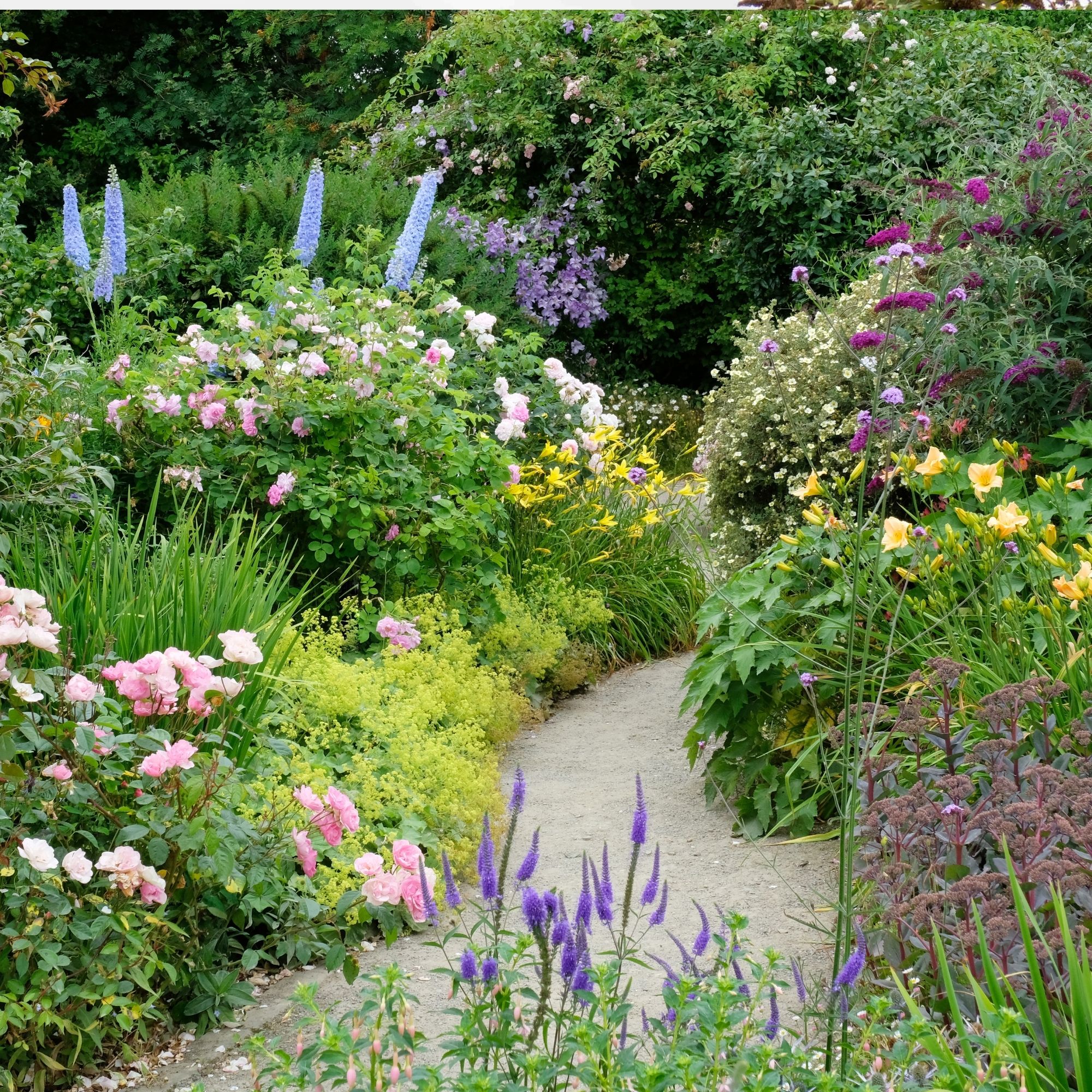
Why you should deadhead buddleja
The simple answer is yes, you should deadhead buddleja. Doing so will ultimately prevent the plant from destroying your garden - especially if you deadhead it before the spent flowers start going to seed.
As Morris Hankinson, Managing Director of Hopes Grove Nurseries, explains, ‘Buddleja self-seed very easily, so if you don’t want them popping up all over your garden, down the street and in the neighbours garden - deadheading is a must.’
In fact, buddleja is generally regarded as one of the perennials to avoid planting in the garden due to its invasive nature. If you allow the plant to naturally self-seed, you’re simply filling your garden with more of this invasive plant.

Morris Hankinson is the founder and managing director of Hopes Grove Nurseries Ltd, the UK’s only specialist grower-retailer of hedging plants. He established the thriving business in 1992, shortly after graduating with a Commercial Horticulture Degree from Writtle College, Essex.
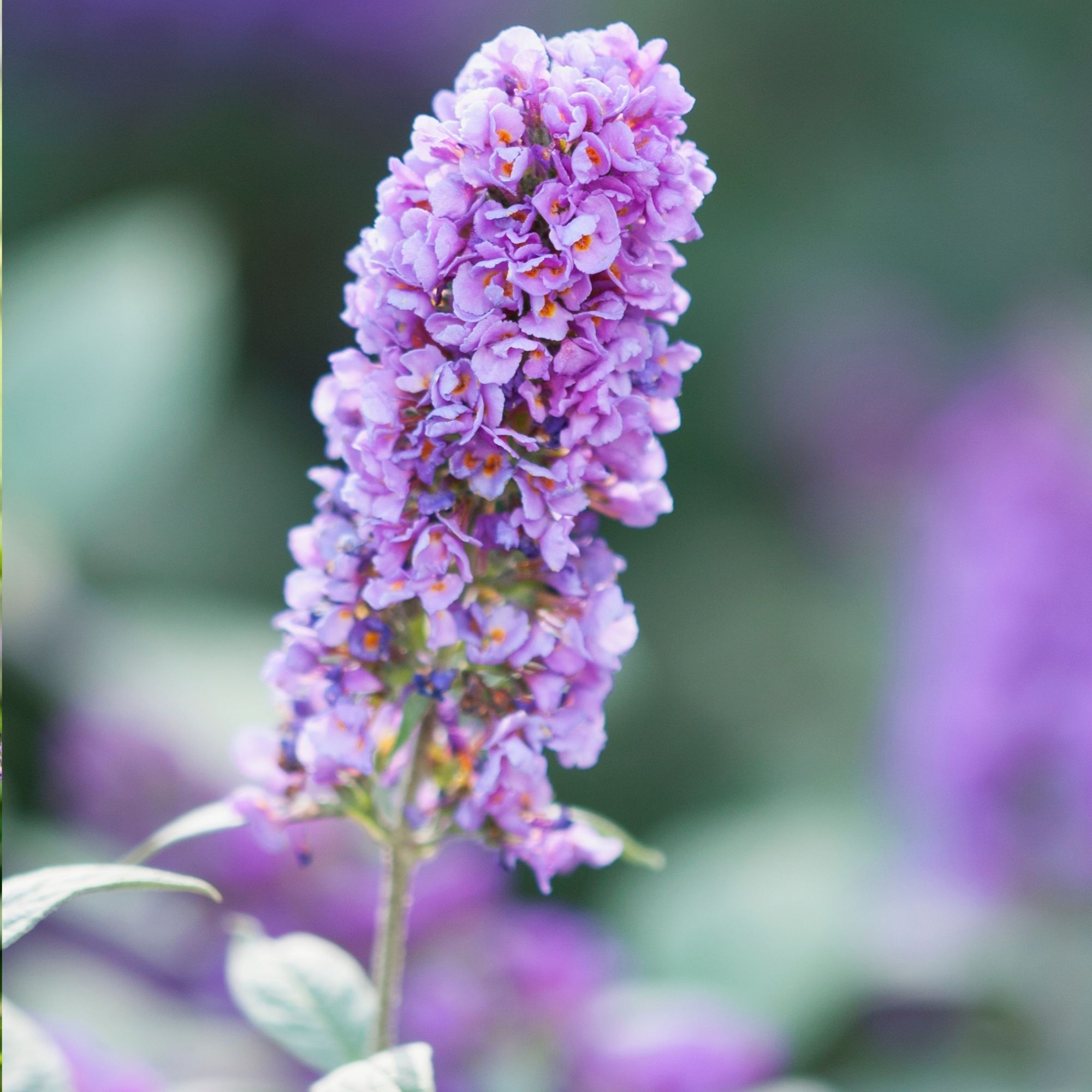
Before too long, it will be out-competing the other plants in your garden for water, nutrients, and much-needed space. So, you may find that the buddleja takes over, and the rest of your garden will start to dwindle.
Sign up to our newsletter for style inspiration, real homes, project and garden advice and shopping know-how
This isn’t the only reason why you should deadhead buddleja, though. If contained and managed, the butterfly bush can add a beautiful pop of colour to your outside space - and it’s a great way to attract pollinators to your garden. And by deadheading the spent blooms, you can often encourage a second flush of blooms, as the plant will focus less on seed production and more on flower production.
This will also improve the overall health, well-being, and general appearance of your buddleja as you can deadhead the brown, unkempt, spent blooms and leave the healthy stems intact.
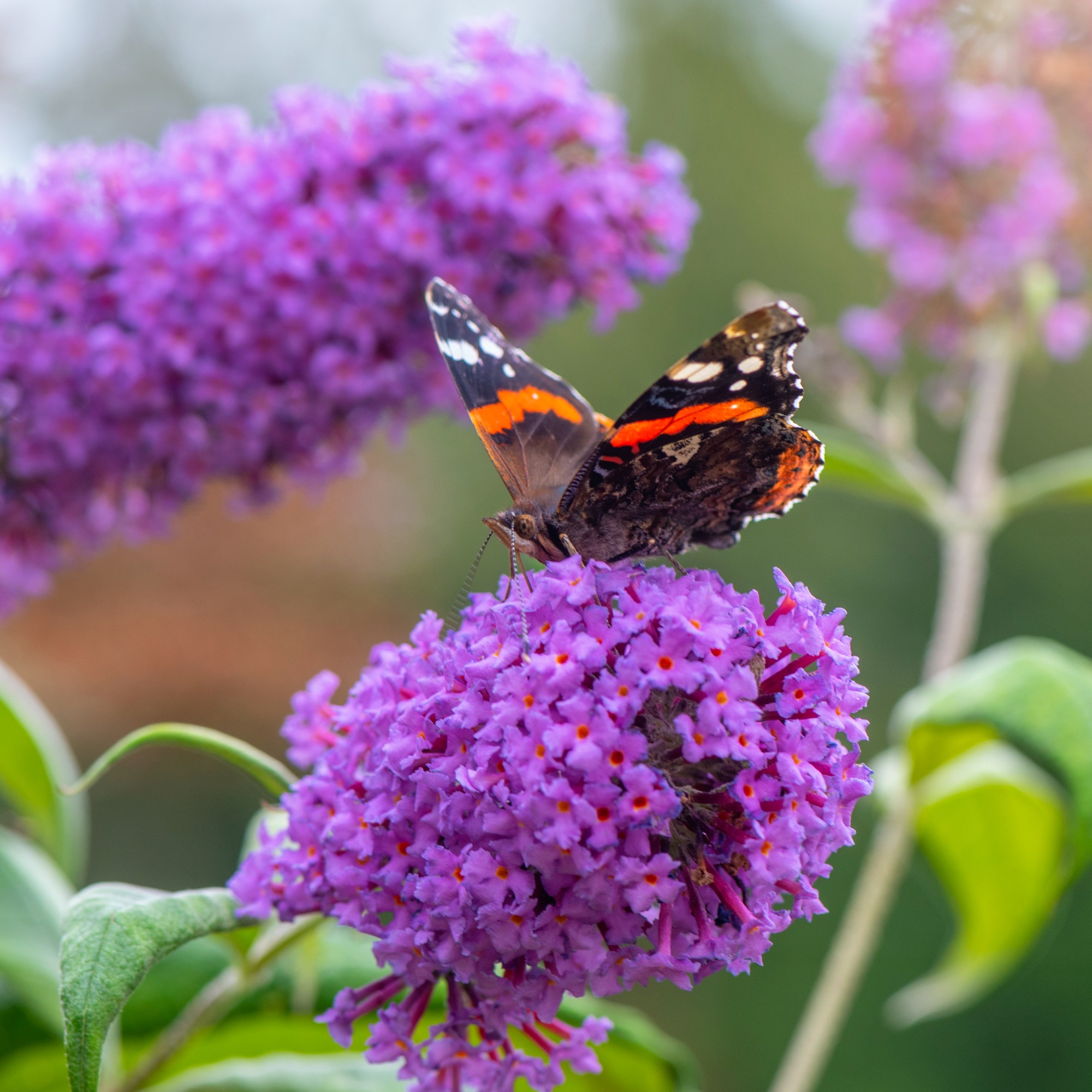
But timing is everything when it comes to deadheading buddleja. Neil Donovan from The Bath Gardener explains, ‘We often deadhead clients ones after the first flowering, removing brown heads, which promotes a second flush of smaller flowers (dragging out that colour for the pollinators and us).’
Thankfully, deadheading buddleja is pretty easy and doesn’t require any specific tools or the greenest of fingers. Morris says, ‘Simply snip off flower heads as soon as they have finished flowering.’ Just make sure you clean your secateurs before doing this. Then, you can focus on cutting buddleja back properly later on.
FAQs
What happens if you don't prune buddleja?
If you don’t prune your buddleja, you’ll find that it’ll become extremely leggy. And while it’ll grow to impressive heights, it probably won’t have the foliage or the flowers that you’re after. Instead, it’ll look sparse and messy.
Pruning and deadheading also help to encourage bigger and brighter blooms, so failing to do these essential tasks may also result in fewer flowers.
As Morris from Hopes Grove Nurseries also explains, ‘If you don’t deadhead your buddleja, the flowers will soon go to seed and the plant will stop flowering and there will be little buddleja’s growing everywhere.’
Do buddleja have deep roots?
A Buddleja doesn't have deep roots. In fact, it has the complete opposite as buddleja has extremely shallow roots that allow it to absorb water and nutrients from the top layer of soil. Normally, they won’t grow deeper than 2-3 feet below the surface.
But while they are shallow, these roots are also extremely strong and are able to grow out much further than they can grow down. This means that they can invade the growing space of other plants and steal the nutrients these other plants need to survive. As a result, it’s considered to be an invasive species.
Can buddleja flower twice?
Yes, buddleja can sometimes flower twice. Your butterfly bush will need a little coaxing to showcase this second flush of blooms, though, and you can do that by deadheading the spent flowers as soon as you spot them.
Pruning your buddleja in early spring will also give your plant the best chance of flowering twice.
So, take this as your sign to deadhead your buddleja as soon as you spot the tell-tale signs of spent blooms - for the sake of your garden.

Lauren Bradbury has been the Content Editor for the House Manual section since January 2025 but worked with the team as a freelancer for a year and a half before that. She graduated with a Bachelor’s degree in English and Creative Writing from the University of Chichester in 2016. Then, she dipped her toe into the world of content writing, primarily focusing on home content. After years of agency work, she decided to take the plunge and become a full-time freelancer for online publications, including Real Homes and Ideal Home, before taking on this permanent role. Now, she spends her days searching for the best decluttering and cleaning hacks and creating handy how-to guides for homeowners and renters alike, as well as testing vacuums as part of her role as the Ideal Home Certified Expert in Training on Vacuums, having spent over 110 hours testing different vacuum models to date!
